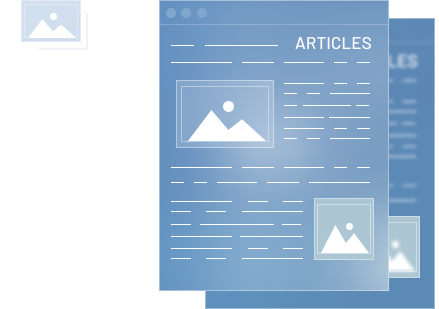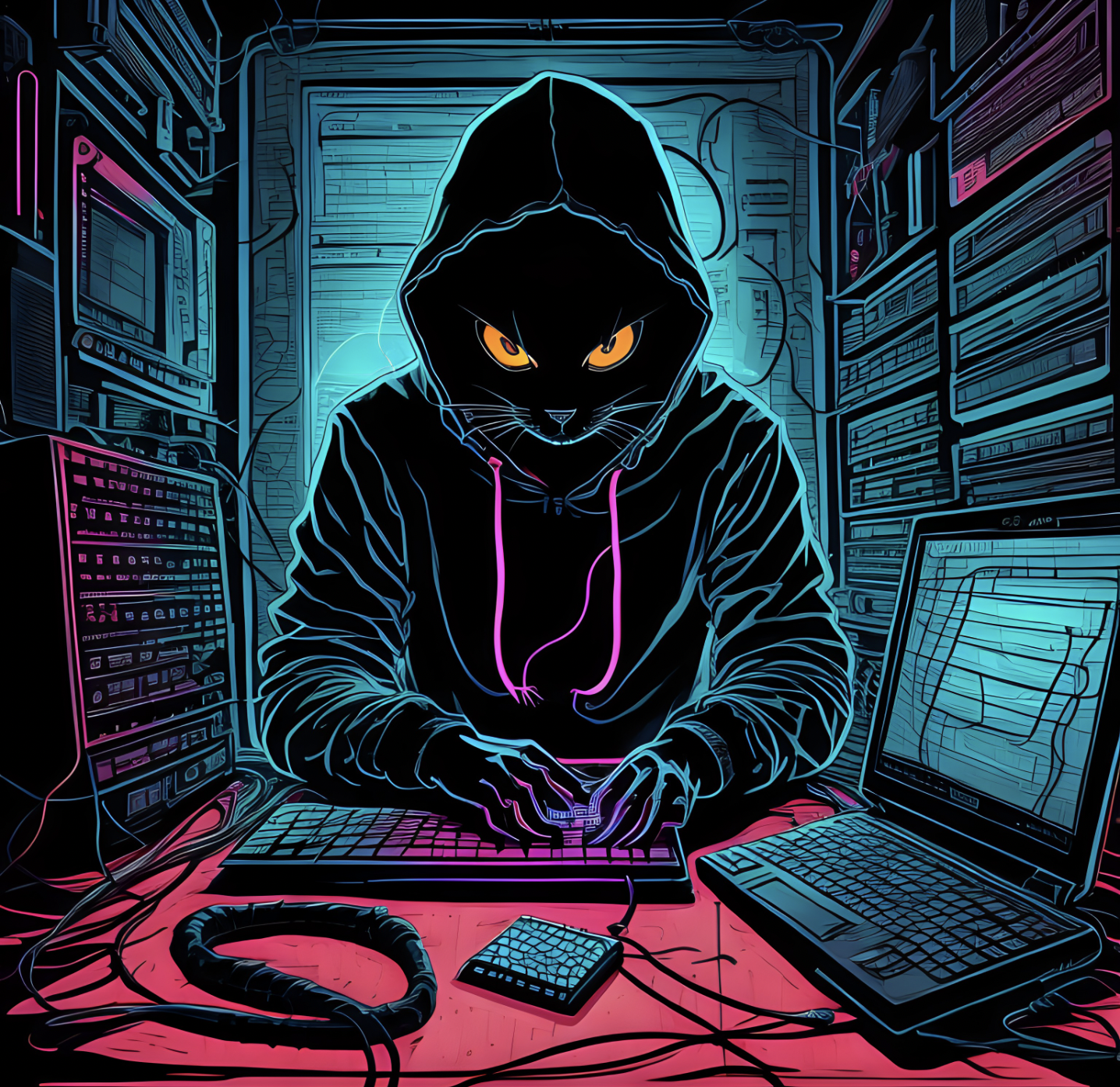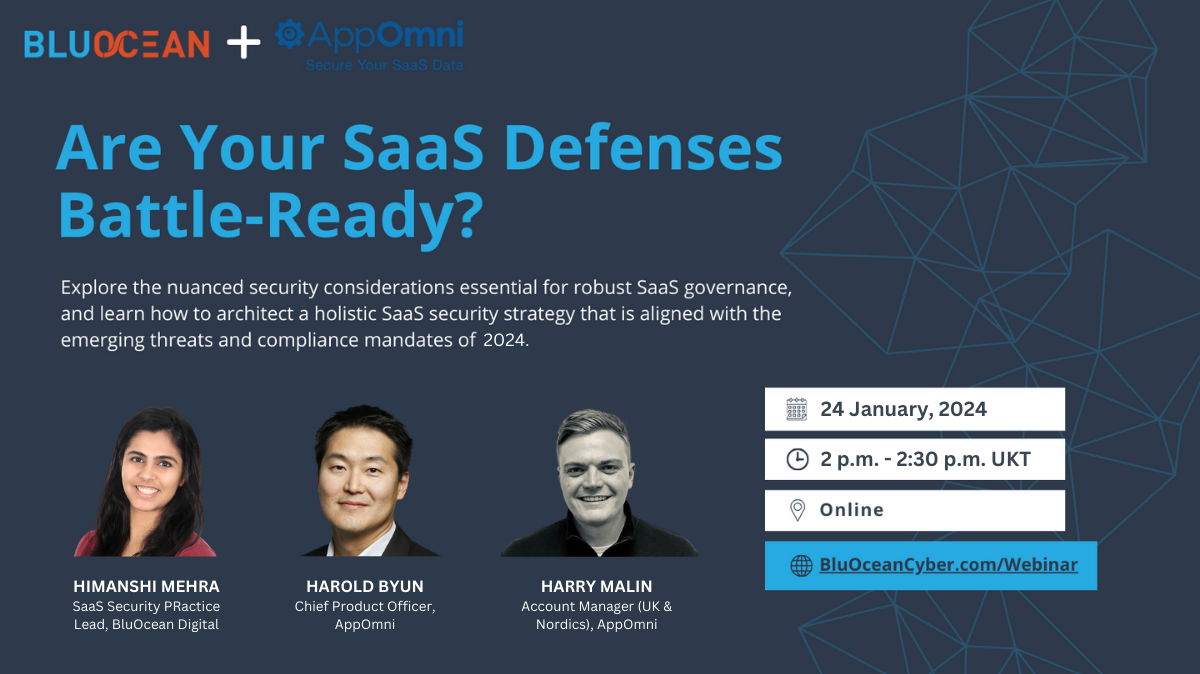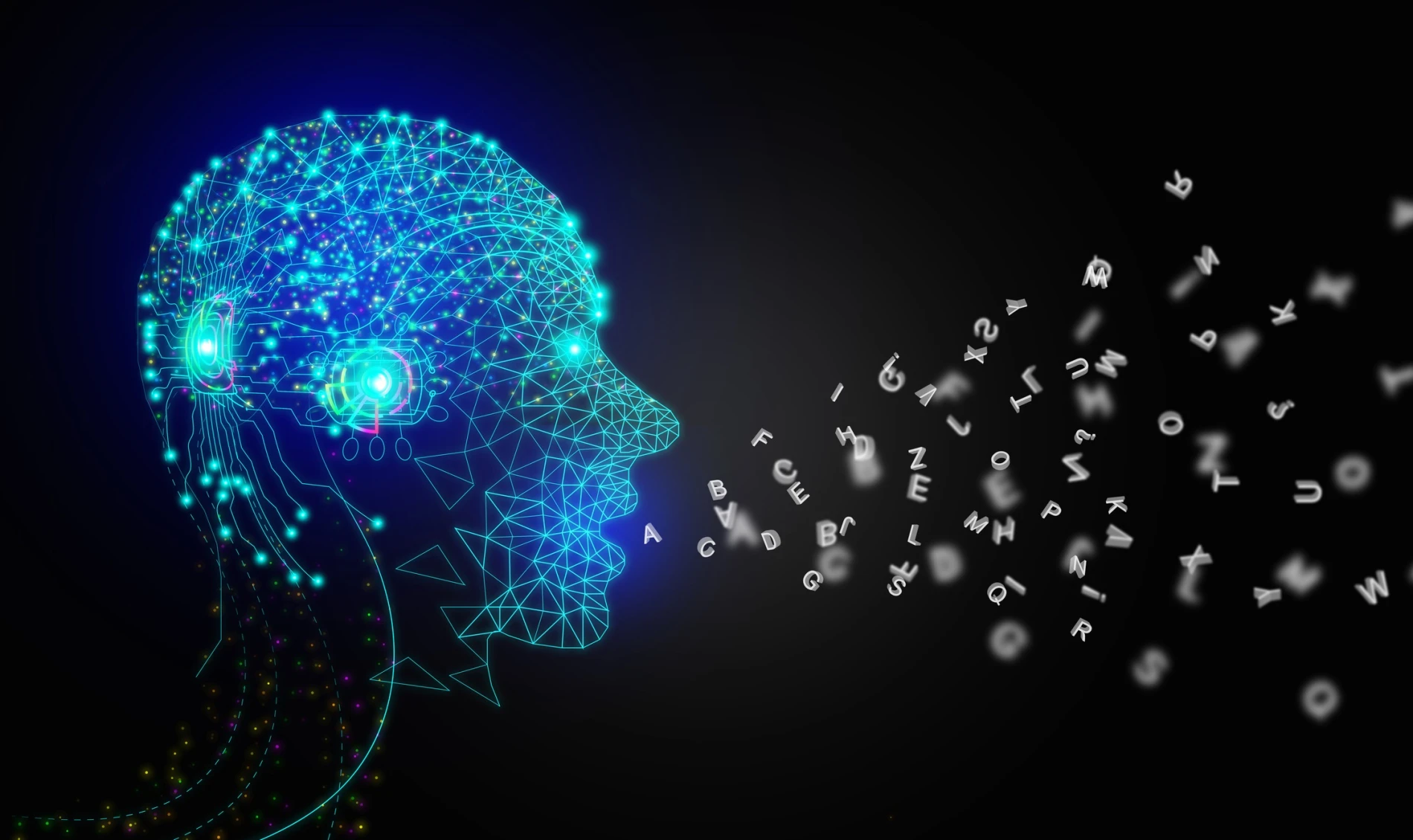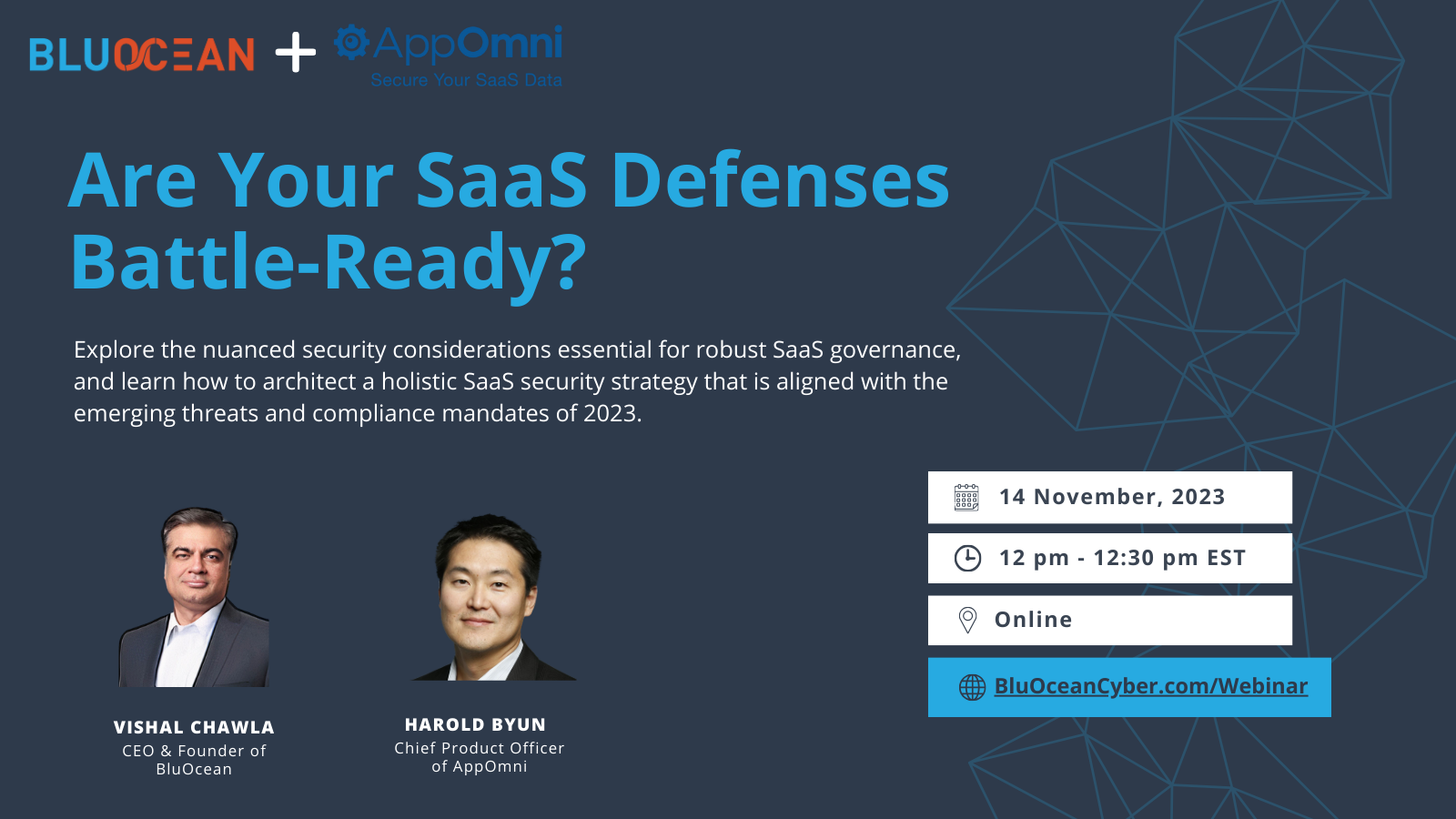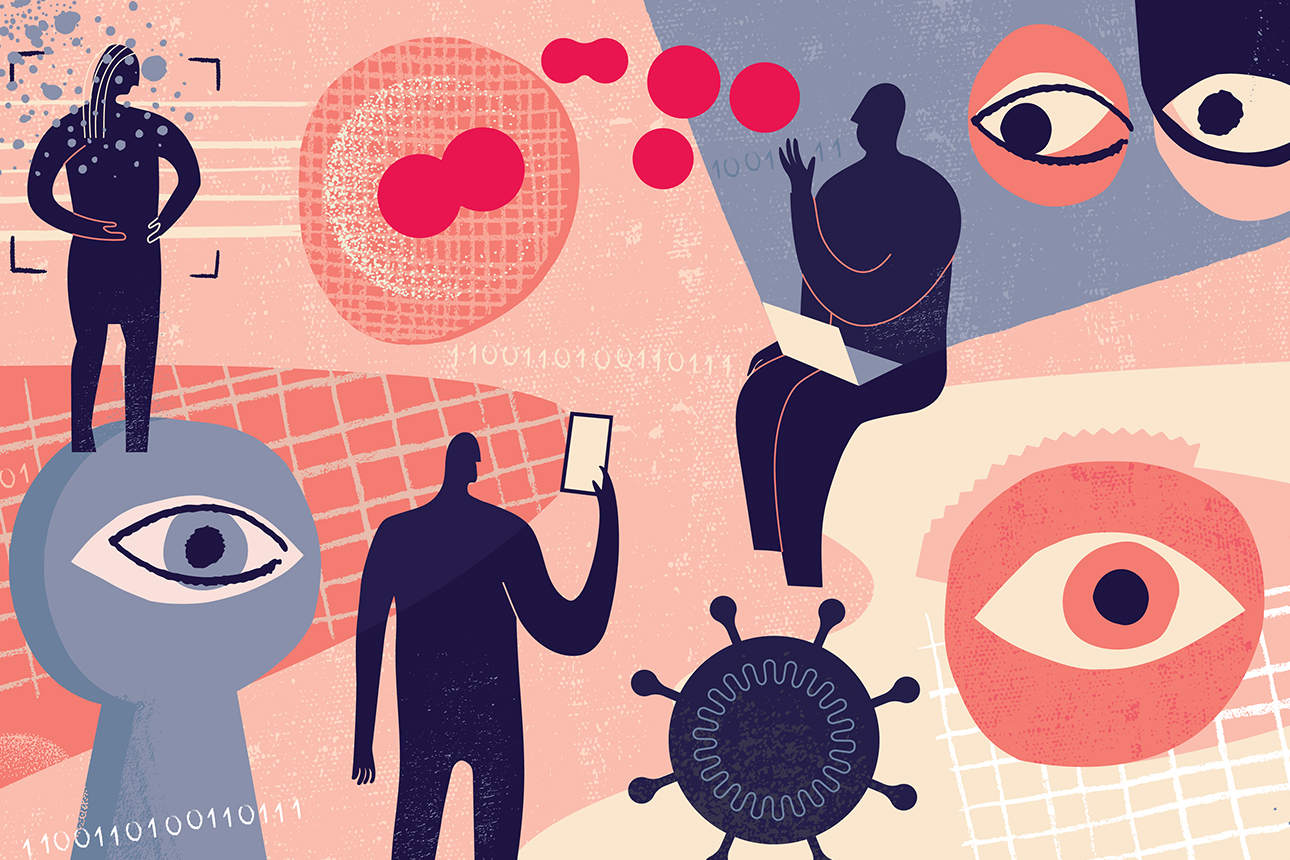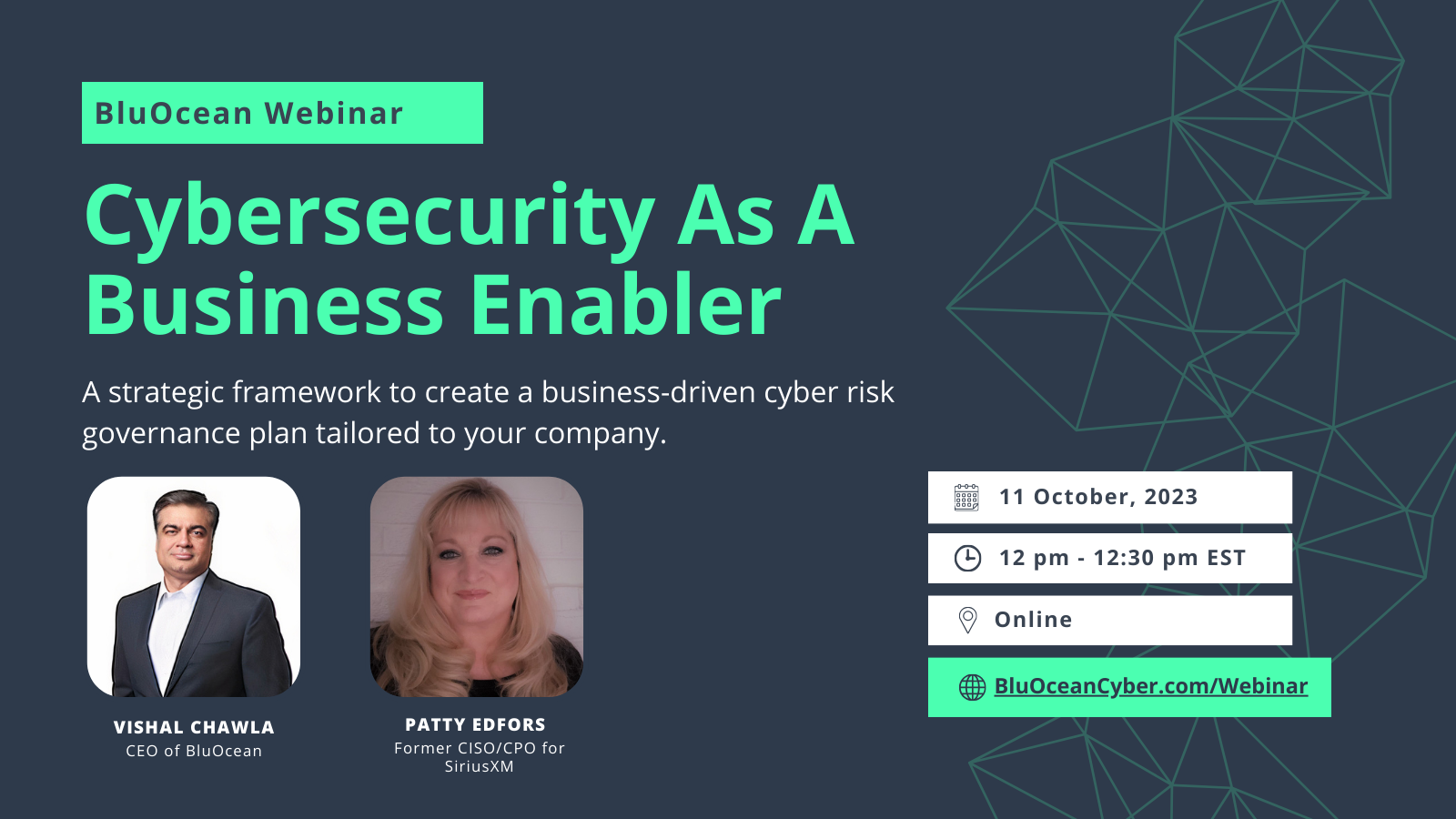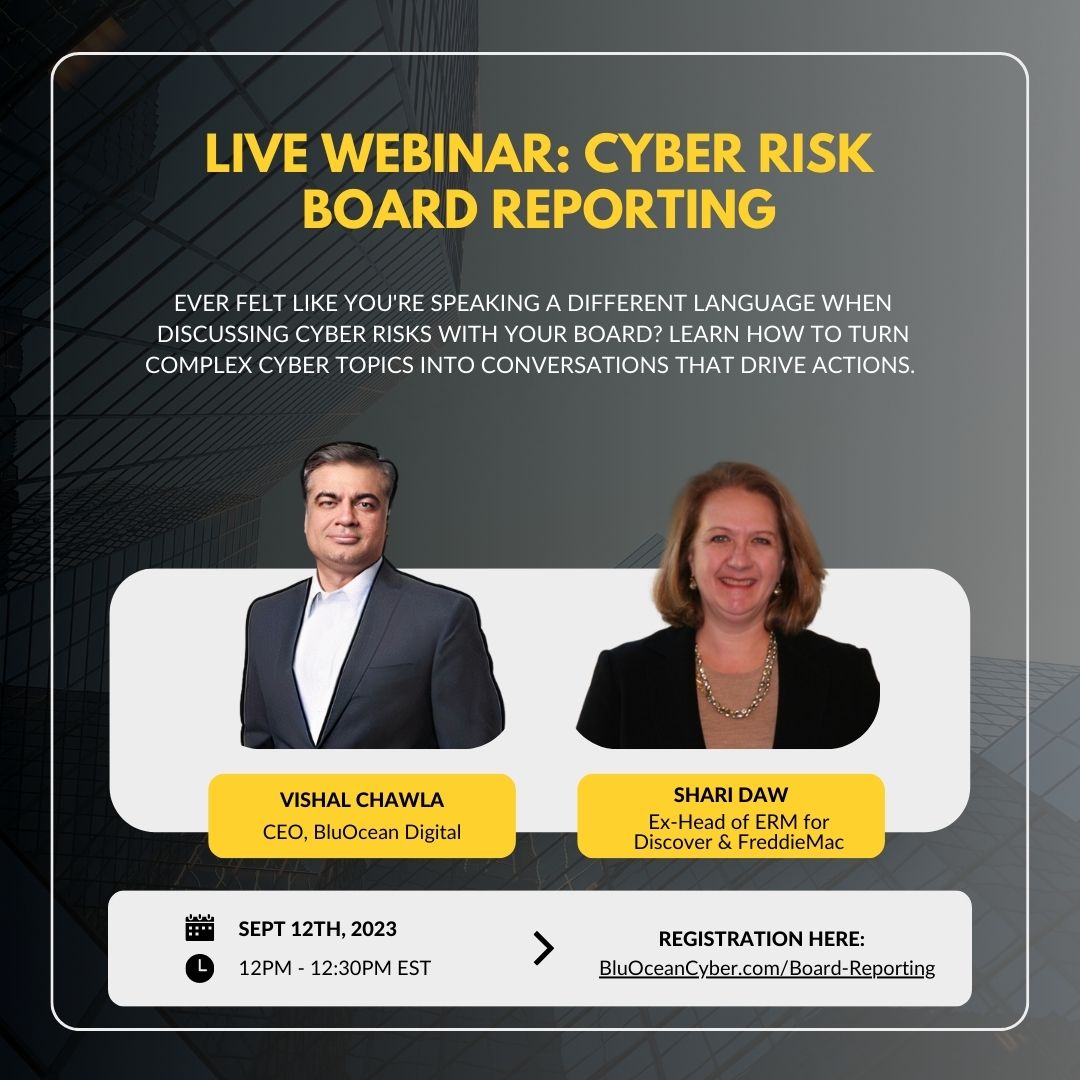
Imagine that you’re a seasoned account manager at a reputable firm. You’ve seen it all, weathered many storms, and pride yourself on gracefully handling pressure.
A trusted vendor is asking you to expedite payment for an overdue invoice. The email is professional, the request seems legitimate, and the tone is persuasive. When a tiny detail catches your eye, you’re about to authorize the payment.
Something feels off.
You investigate further and discover that the email is from someone other than your trusted vendor. It’s a scam, a near-perfect imitation designed to trick you into paying a fraudulent invoice. But this is no ordinary scam. A human fraudster didn’t craft the email but by an artificial intelligence tool, WormGPT. This new AI tool can conduct various social engineering and Business Email Compromise (BEC) attacks, generating emails with impeccable grammar and persuasive language that can easily fool even the most vigilant individuals. This situation is not a dystopian science fiction plot. It’s the reality of the new frontier in cybersecurity threats we face today. In this blog post, we’ll delve into the world of WormGPT, exploring what we know about this new AI tool, how cybercriminals use it, and, most importantly, what you can do to protect yourself and your organization from these evolving threats.
So, buckle up and join us on this journey into the heart of the new wave of AI-powered cyber threats. It’s a journey that will challenge what you thought you knew about cybersecurity and equip you with the knowledge and strategies you need to navigate this complex landscape.
Because in cybersecurity, knowledge isn’t just power – it’s your best line of defense.
What We Know
Artificial Intelligence (AI) has been a game-changer in many industries, and cybersecurity is no exception. The advent of AI has brought about a paradigm shift in how we approach cybersecurity, enabling us to predict, detect, and respond to threats with unprecedented speed and accuracy. However, the same technology that powers our defenses can also be weaponized by cybercriminals, leading to a new breed of sophisticated cyber threats.
One such threat that has recently come to light is a new AI tool known as WormGPT. This tool is a generative language model, similar to OpenAI’s GPT-3, but with a sinister twist. Unlike GPT-3, designed for various applications, from drafting emails to writing code, WormGPT has been specifically designed for malicious activities. It’s being used by hackers on the dark web to perform large-scale cyberattacks, leveraging its ability to generate human-like text to deceive unsuspecting victims. The emergence of WormGPT marks a significant development in the cybersecurity landscape. It represents a new frontier in cyber threats, where the lines between humans and machines are increasingly blurred. WormGPT has profound implications for how we defend against cyberattacks.
Traditional defense mechanisms, which rely on detecting patterns of malicious activity, may not be effective against these AI-powered threats. Because generative AI models like WormGPT can create unique, human-like text that doesn’t follow the typical patterns of malicious activity.
Moreover, the sophistication of these AI-powered threats is not their only concern. What’s even more disturbing is their accessibility. WormGPT is not just for the tech-savvy. This black-hat-based tool is accessible to a broad spectrum of cyber criminals, regardless of their skill level. This democratization of cyberattacks could significantly increase the frequency and severity of cyber threats, posing a significant challenge for cybersecurity professionals.
What Happened?
The emergence of WormGPT has raised significant concerns among cybersecurity professionals. The tool’s ability to generate human-like text makes it a potent weapon for social engineering and Business Email Compromise (BEC) attacks. These attacks, which rely on deception to trick individuals into revealing sensitive information or performing actions compromising security, have been a persistent problem in cybersecurity. However, AI-powered tools like WormGPT have taken these threats to a new level.
In a recent experiment, WormGPT was asked to generate a BEC email pressuring an account manager to pay a fraudulent invoice (just like our hypothetical exercise above). The results were alarming. The tool generated a convincing, grammatically correct, and persuasive email that could easily fool an unsuspecting employee. The email was indistinguishable from legitimate business communication, demonstrating the tool’s potential to bypass traditional email filters and other security measures.
This experiment underscores the severe threat posed by WormGPT and similar AI-powered tools. It’s not hard to imagine how such tools could perpetrate large-scale cyberattacks, causing significant financial loss and reputational damage. For instance, a cybercriminal could use WormGPT to generate thousands of phishing emails tailored to the recipient’s specific context and communication style, thereby increasing the likelihood of success. Moreover, the accessibility of WormGPT amplifies this threat. In the past, conducting a sophisticated cyberattack required particular technical expertise. However, with tools like WormGPT, even novice cybercriminals can launch complex attacks. This democratization of cyberattacks could lead to a significant shift in the cybersecurity landscape, with potentially far-reaching implications for businesses and individuals.
Join Thousands of Weekly Readers
Enter your email for instant access to our EXCLUSIVE ebook & discover the Roadmap for Moving to ROI-Led Cyber Risk Management.
Actionable Steps Your Organization Can Take to Counteract This Threat
In the face of emerging tools like WormGPT, organizations must proactively protect themselves from these evolving threats. Here are some actionable steps that organizations can take:
-
Employee Training: Employees are often the first line of defense against cyberattacks. However, they can also be the weakest link if not correctly trained. Organizations should invest in regular cybersecurity training for all employees, not just those in IT or security roles. This training should cover the basics of cybersecurity, such as how to recognize and respond to phishing emails, as well as more advanced topics, such as the latest trends in cyber threats and how to protect against them. In light of the threat posed by WormGPT, special attention should be given to training employees to recognize AI-generated text. The training can be challenging, given the human-like quality of the text generated by WormGPT. Still, subtle clues often can give it away, such as unusual phrasing or inconsistencies in style.
-
Email Filters: Having appropriate email filters can help prevent AI-generated email attacks. These filters should be capable of detecting known threats and new and emerging threats and require keeping the filters up-to-date with the latest threat intelligence and using advanced detection techniques, such as machine learning and behavioral analysis, to identify suspicious activity. However, it’s important to remember that no filter is 100% effective, and some malicious emails may still slip through. Therefore, email filters can complement other security measures, such as employee training and incident response planning.
-
Advanced Defense Mechanisms: Traditional defense mechanisms, which rely on detecting patterns of malicious activity, may not be effective against AI-powered threats like WormGPT. Since these threats can generate unique, human-like text that doesn’t follow the typical patterns of malicious activity, organizations need to invest in advanced detection and response solutions. These solutions use sophisticated techniques like AI and machine learning to detect and respond to threats in real-time. They can also provide valuable insights into the threat landscape, helping organizations to stay one step ahead of the attackers.
-
Integrating Cyber Risk into Broader Risk Strategy: Cyber risk should not be treated as a standalone issue. Instead, it should be integrated into the organization’s broader risk strategy. This means considering cyber risk in all business decisions, from strategic planning to operational management. It also means fostering a culture of cybersecurity awareness throughout the organization, with everyone from the boardroom to the frontline understanding their role in managing cyber risk. Don’t know where to start? Read our popular blog on Challenging the Status Quo – Roadmap for Moving to ROI-Led Cyber Risk Management.
Other Key Insights
The advent of tools like WormGPT underscores the dual nature of technology. While AI can be a powerful tool for good, AI can also be used for malicious purposes. We can draw from the emergence of WormGPT:
-
Role of AI in Cyber Attacks: WormGPT is a testament to the role of AI in cyber attacks. It’s a reminder that technology will be used against us. As AI advances, we can expect to see more sophisticated AI-powered threats. Disruption in AI underscores the need for continuous learning and adaptation in our approach to cybersecurity.
-
Democratization of Cyber Attacks: The use of generative AI is lowering the barrier to entry for cybercriminals, leading to a significant shift in the cybersecurity landscape. This democratization of cyberattacks means that even individuals with limited technical skills can launch sophisticated attacks. This could increase the frequency and severity of cyberattacks, posing a significant challenge for cybersecurity professionals.
-
The Threat of Supply Chain Poisoning: Modifying an open-source AI model to spread disinformation, dubbed PoisonGPT, leads to an LLM supply chain poisoning. This highlights the risks associated with the use of open-source software and underscores the importance of verifying the sources of our tools and applications.
-
Need for Advanced Defenses: The advent of tools like WormGPT underscores the need for advanced detection and response solutions. There may need to be more than traditional defense mechanisms to combat these evolving threats. This highlights the importance of investing in advanced cybersecurity technologies and staying abreast of the latest developments in the field.
-
Holistic Approach to Cybersecurity: The emergence of WormGPT highlights the importance of taking a holistic approach to cybersecurity. More is needed to focus on technical defenses. Organizations also need to consider the human element of cybersecurity, including employee training and awareness, and integrate cyber risk into their broader risk strategy.
Conclusion
As we stand on the precipice of this new era in cybersecurity, it’s as if we’re explorers on the edge of uncharted territory. The landscape is both daunting and exciting, filled with challenges that test our resilience and opportunities that push the boundaries of our knowledge. The emergence of AI tools like WormGPT is a stark reminder of the evolving nature of the threats we face, but it’s also a testament to the incredible advances in technology that we’ve achieved.
In this journey, we’ve delved into the heart of WormGPT, uncovering its capabilities, potential for harm, and profound implications for the cybersecurity landscape. We’ve seen how it can craft convincing, human-like emails, democratizing the execution of sophisticated cyberattacks and posing a significant challenge to our traditional defense mechanisms.
But we’ve also discovered that we’re not powerless in the face of these threats.
We can navigate this complex landscape and build a safer digital future by staying informed, investing in advanced defenses, and integrating cyber risk into our broader risk strategy. It’s a challenge but also an opportunity for growth and learning.
As we conclude this exploration, it’s important to remember that the world of cybersecurity is not static. It’s a dynamic, ever-evolving field that requires constant vigilance and adaptation. The emergence of WormGPT is just one chapter in this ongoing story, and there will undoubtedly be more to come.
So, as we step into this uncharted territory, let’s do so with a sense of curiosity, resilience, and determination. Let’s continue to learn, adapt, and rise to the challenges ahead.
Because in the world of cybersecurity, the journey is just as important as the destination.
